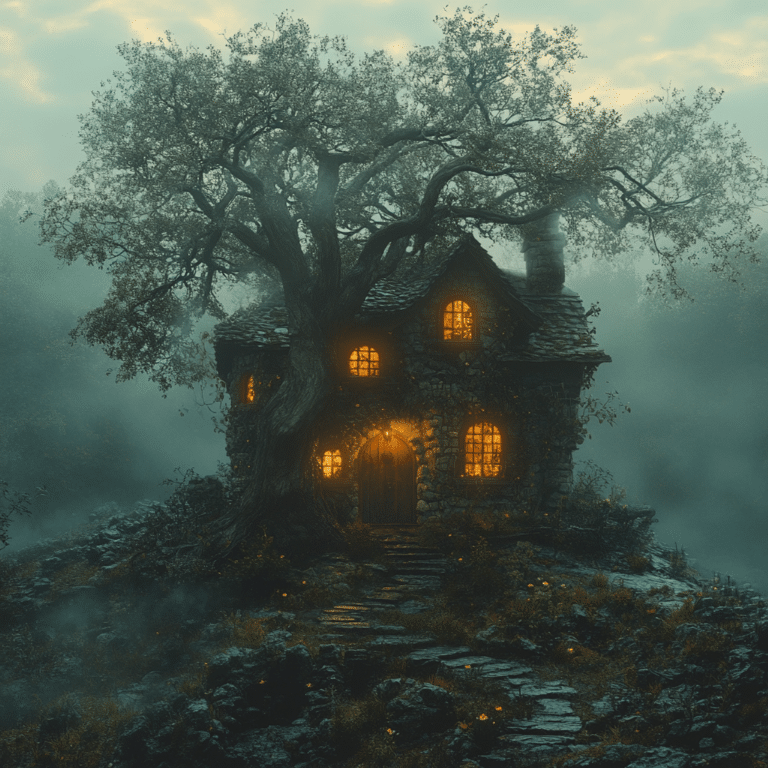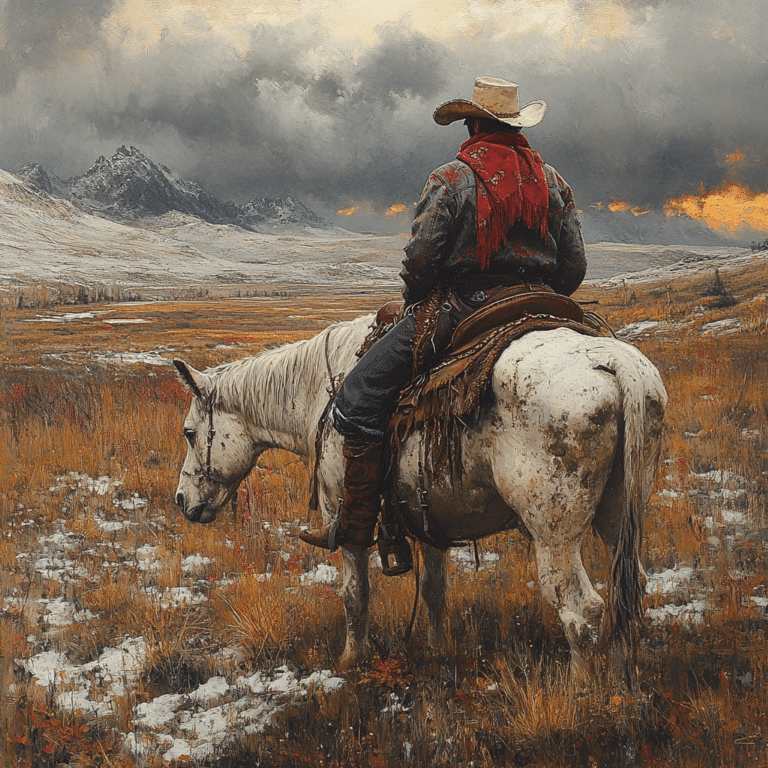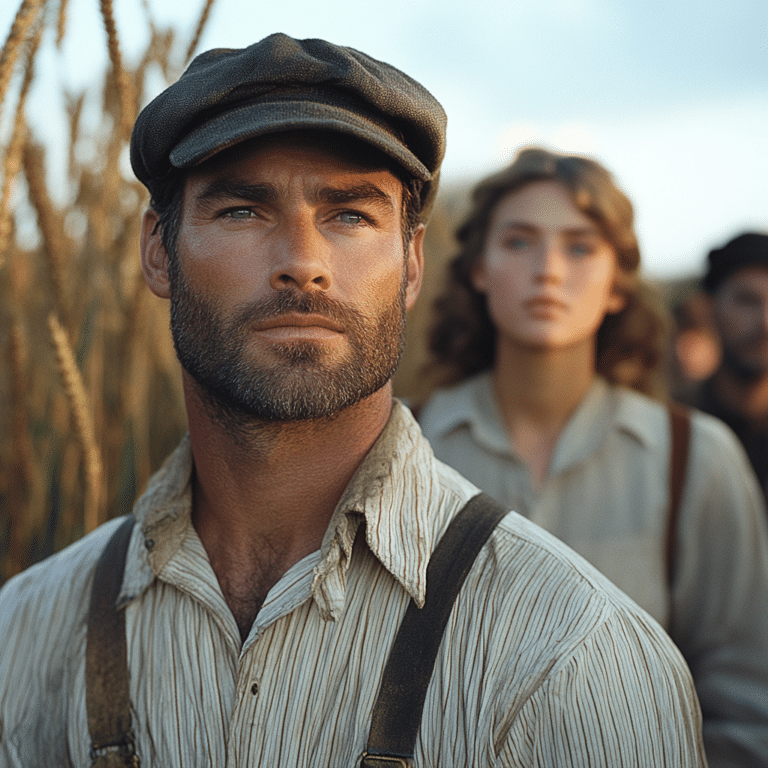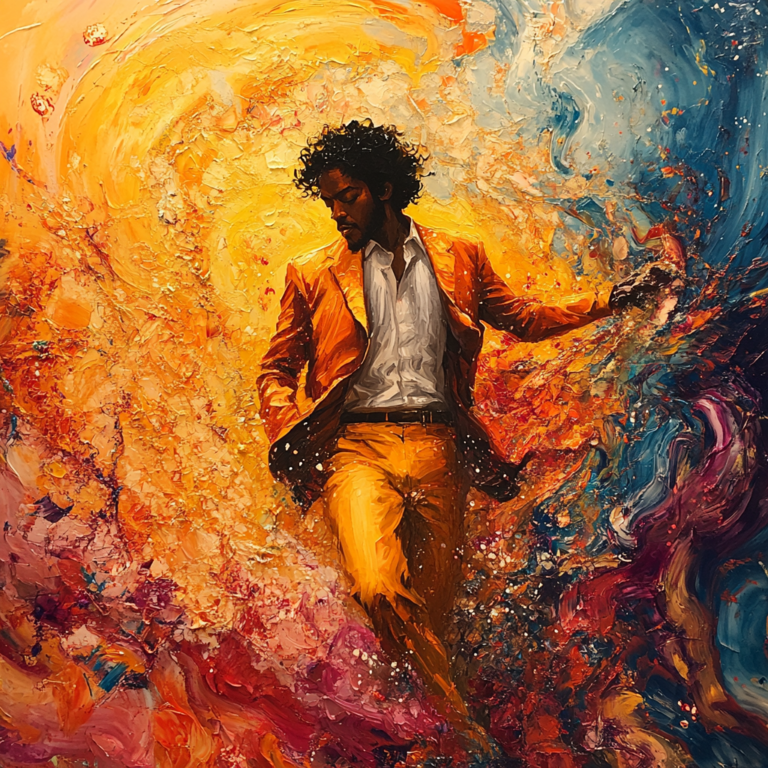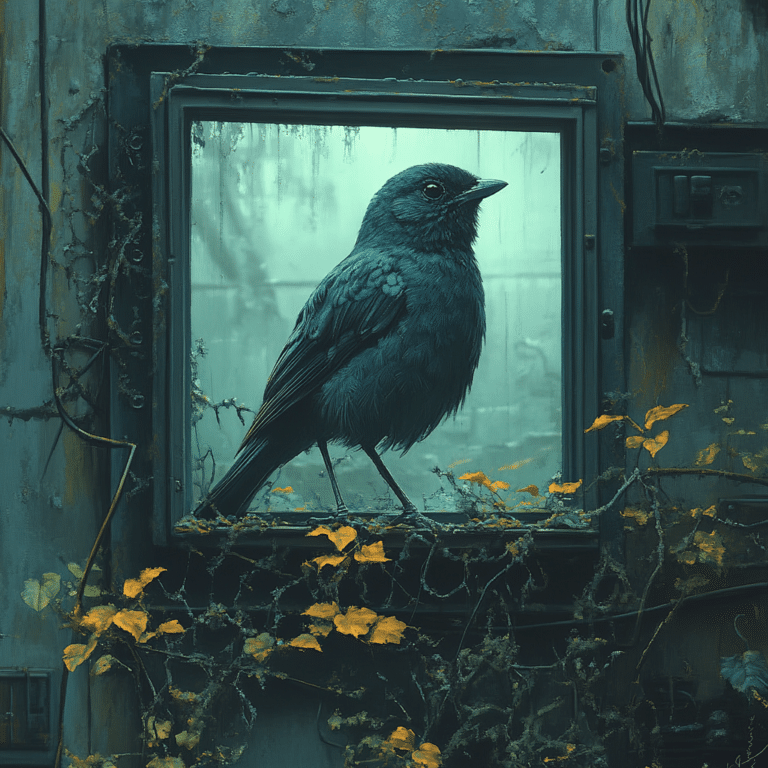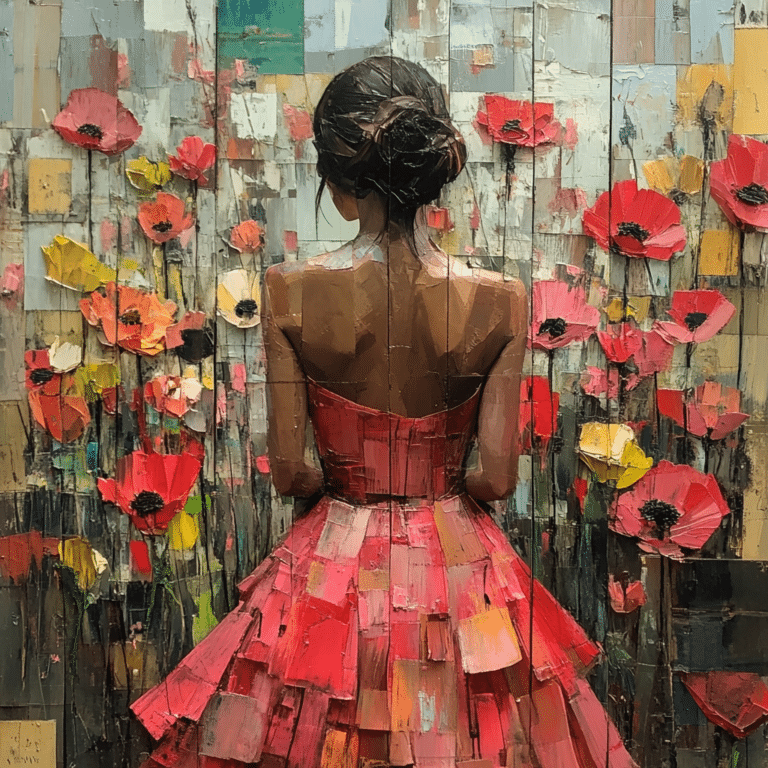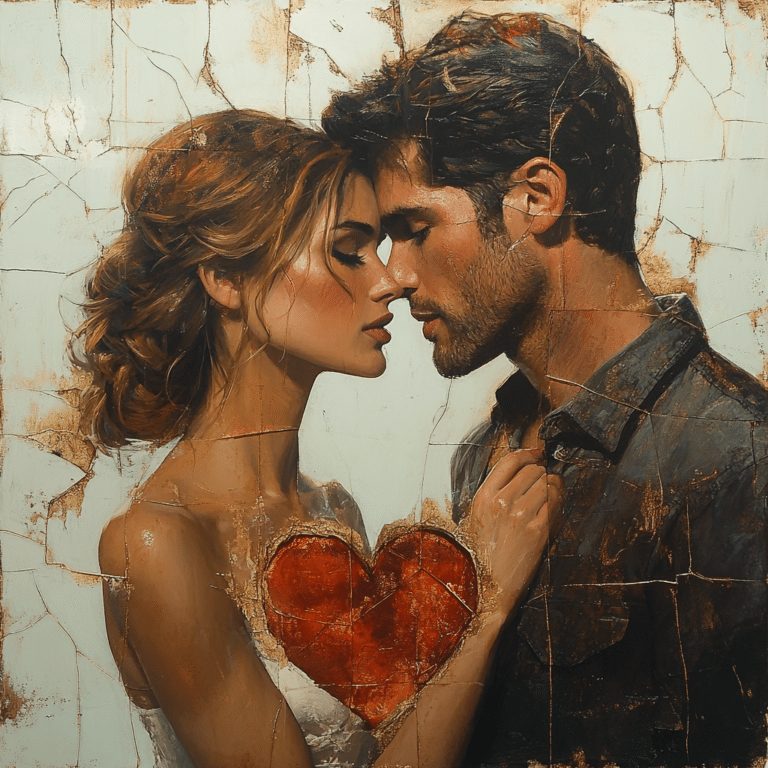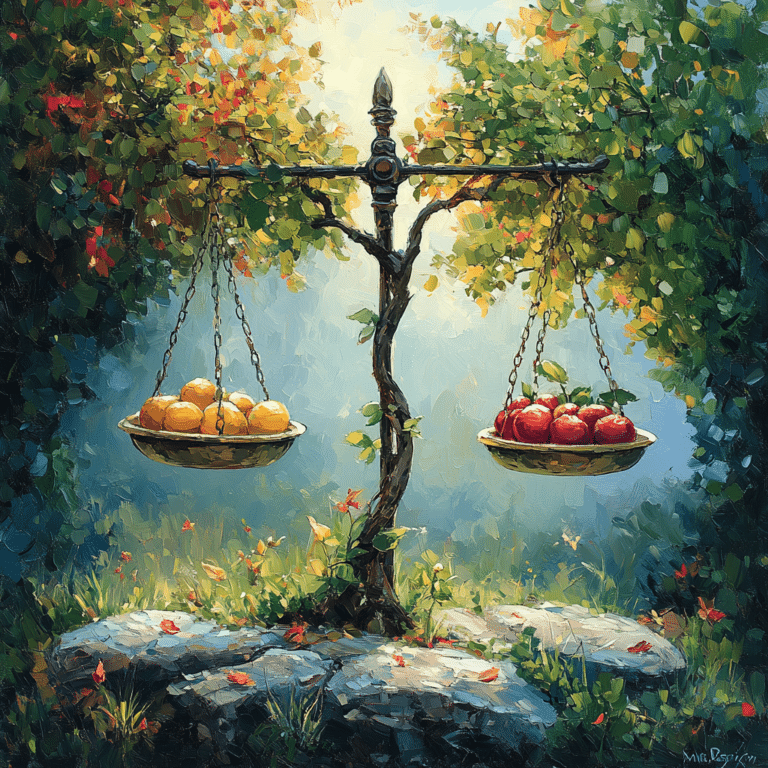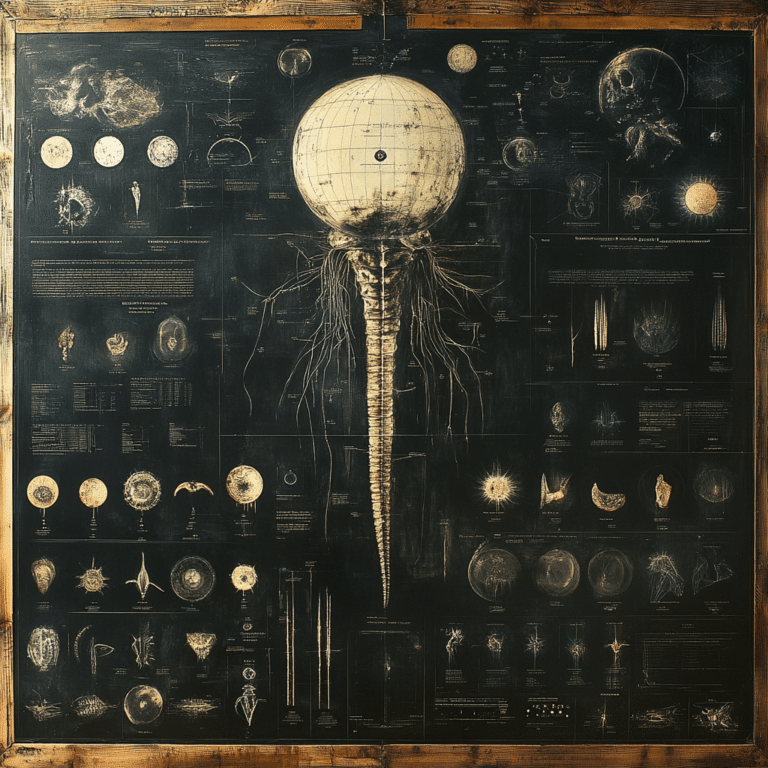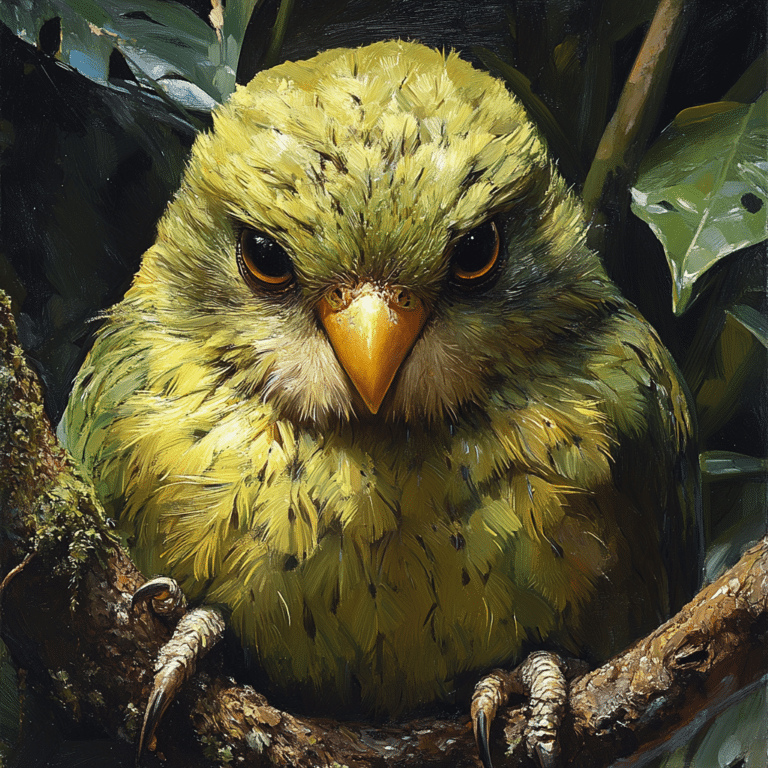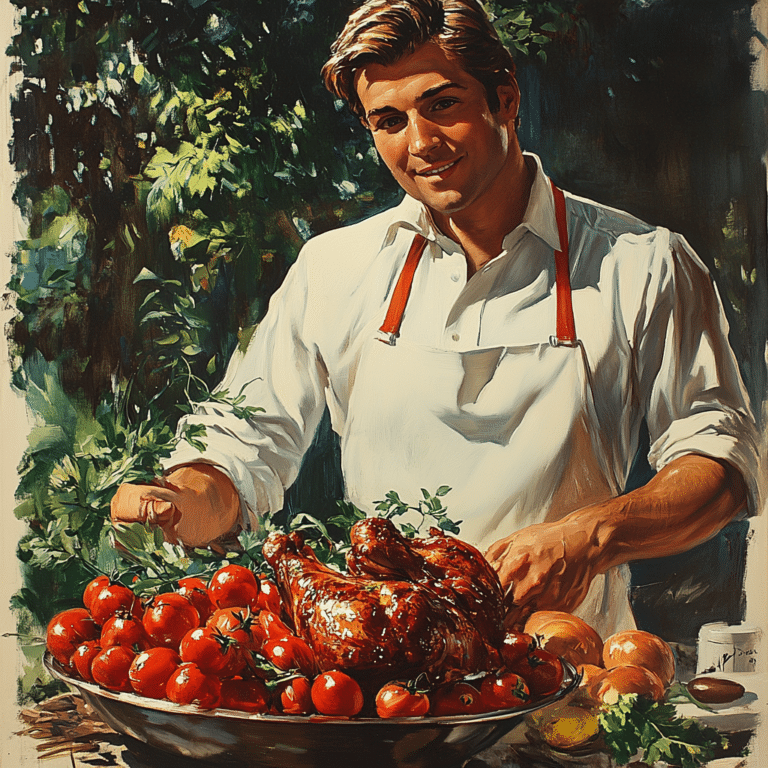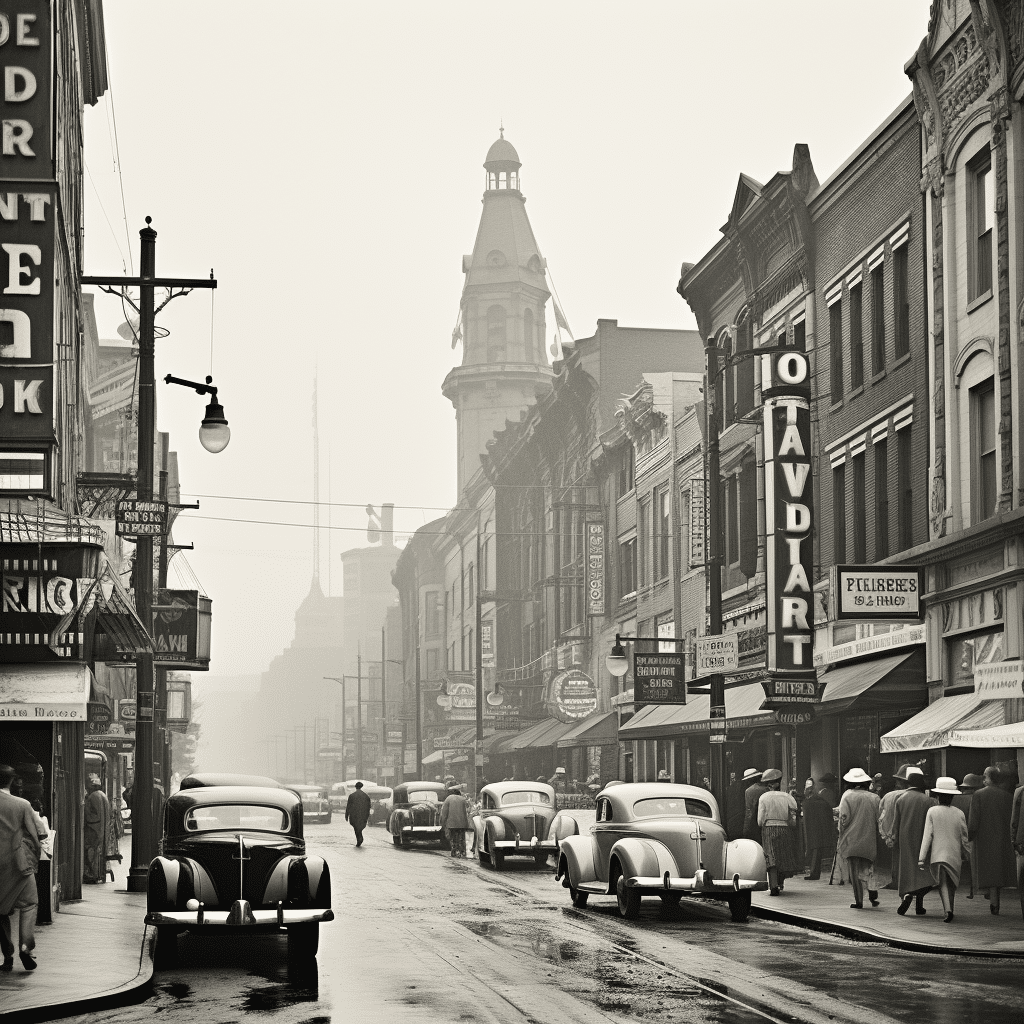In the landscape of modern literature, Isabel Allende’s “House of the Spirits” stands out as a powerful narrative interweaving themes of power and love with the nuances of magical realism. First conceived as a heartfelt letter to her dying grandfather, this novel grew into an epic exploration of the Trueba family’s multigenerational saga set in post-colonial Chile. The family’s journey through love, political upheaval, and social change provides a profound commentary on human experience, drawing in readers with its rich storytelling and cultural depth.
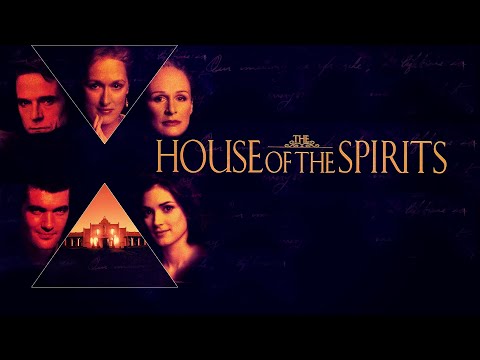
Unpacking ‘House of the Spirits’: Themes of Power and Influence
In “House of the Spirits,” power dynamics are vividly portrayed through the lens of the Trueba family. Esteban Trueba, driven by ambition, personifies the turbulent political landscape of Chile, offering a reflective case study of personal ambition and its broader implications. As he evolves from a determined young man to a controlling patriarch, Esteban exemplifies how unchecked authority corrupts deeply, mirroring national shifts and the intricacies of power.
Esteban’s character showcases the complex interplay between personal and political power. His life choices echo Chile’s own struggles, and the mansion he builds symbolizes both his aspirations and the nation’s political tides. Allende’s intricate depiction of Esteban invites readers to reflect on the enduring consequences of power when wielded without restraint, underscoring the novel’s resonance in modern discussions of governance and leadership.
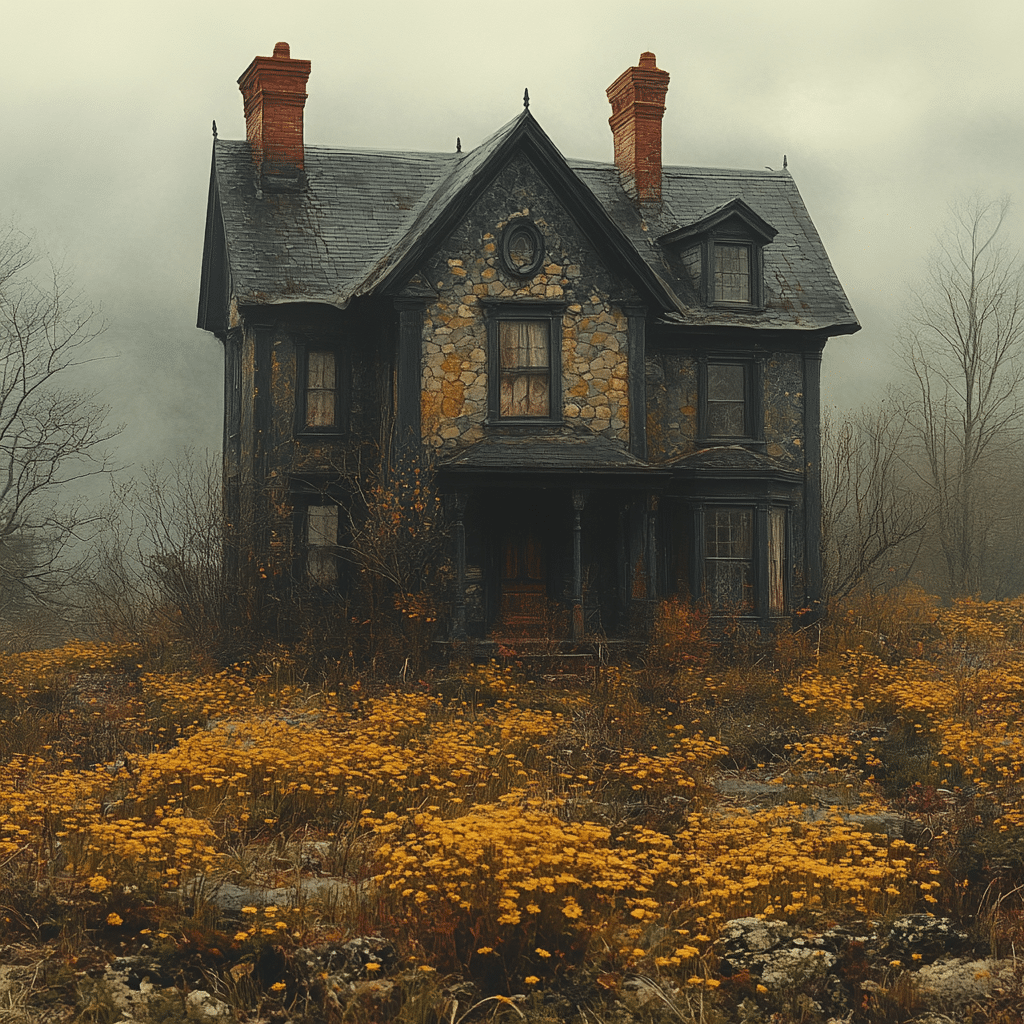
Love Transcending Time in ‘House of the Spirits’: An Analytical Dissection
While political narratives drive much of the plot, the undying power of love serves as a counterbalance to the harsh realities portrayed in the novel. Clara and Esteban’s relationship, along with Alba and Miguel’s connection, highlight love’s transformative nature. Allende illustrates how these connections endure amidst adversity, offering a beacon of hope and redemption.
Clara, gifted with supernatural foresight, often uses her powers to navigate the family’s trials, revealing how love and mysticism interlace to protect and guide. Her silence following Rosa’s death transforms into a powerful form of resilience, underscoring the emotional depth love can achieve. Through this narrative weaving, Allende reflects the complex emotional landscape humans traverse, where love often rescues the soul amid the chaos of life.
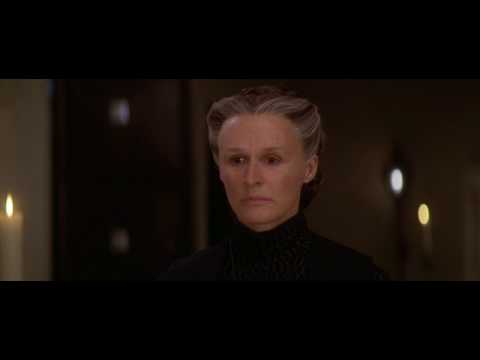
| Attribute | Details |
| Title | The House of the Spirits |
| Author | Isabel Allende |
| Publication Date | 1982 |
| Setting | Chile, 20th century, leading up to the 1973 revolution |
| Main Themes | Power, love, historical impact, family systems, gender roles, political extremism, social inequality |
| Literary Style | Magical realism |
| Influences | Gabriel García Márquez’s “One Hundred Years of Solitude” |
| Story Overview | Follows the Trueba family across four generations and their experiences in postcolonial Chile |
| Symbolism | The big house symbolizes family and Clara’s supernatural powers; spirits symbolize the haunting past |
| Notable Characters | – Clara: Possesses supernatural abilities and a prophetic nature – Esteban Trueba: Patriarch – Rosa: Enchanting beauty, symbolized as a mermaid |
| Significant Events | Clara’s silence after Rosa’s death, construction of the big house, historical events prediction |
| Feminist Perspective | Examines women’s roles in a patriarchal society in mid-20th century South America |
| Reading Time | Approx. 8 hours and 6 minutes at 300 WPM |
| Publication Background | Inspired by Allende’s letter to her dying grandfather, becoming a manuscript |
| Cultural Impact | Semi-autobiographical; reflects Chilean society; raised awareness of social and political issues |
Historical and Cultural Significance of ‘House of the Spirits’
Set against the rich tapestry of post-colonial Latin America, “House of the Spirits” taps into the geopolitical shifts of 20th-century Chile. Allende employs her own familial history, bringing authenticity and intimacy to the story. This semi-autobiographical approach allows readers to engage with Latin American history in a personal and impactful way.
The novel is not just a family saga but a chronicle of Chile’s journey from dictatorship to democracy. By infusing the narrative with historical events, Allende crafts a piece that both educates and entertains, painting a vivid picture of a nation’s struggles and aspirations. Her work serves as a bridge, connecting readers worldwide to the often-underrepresented facets of Latin American life and politics.
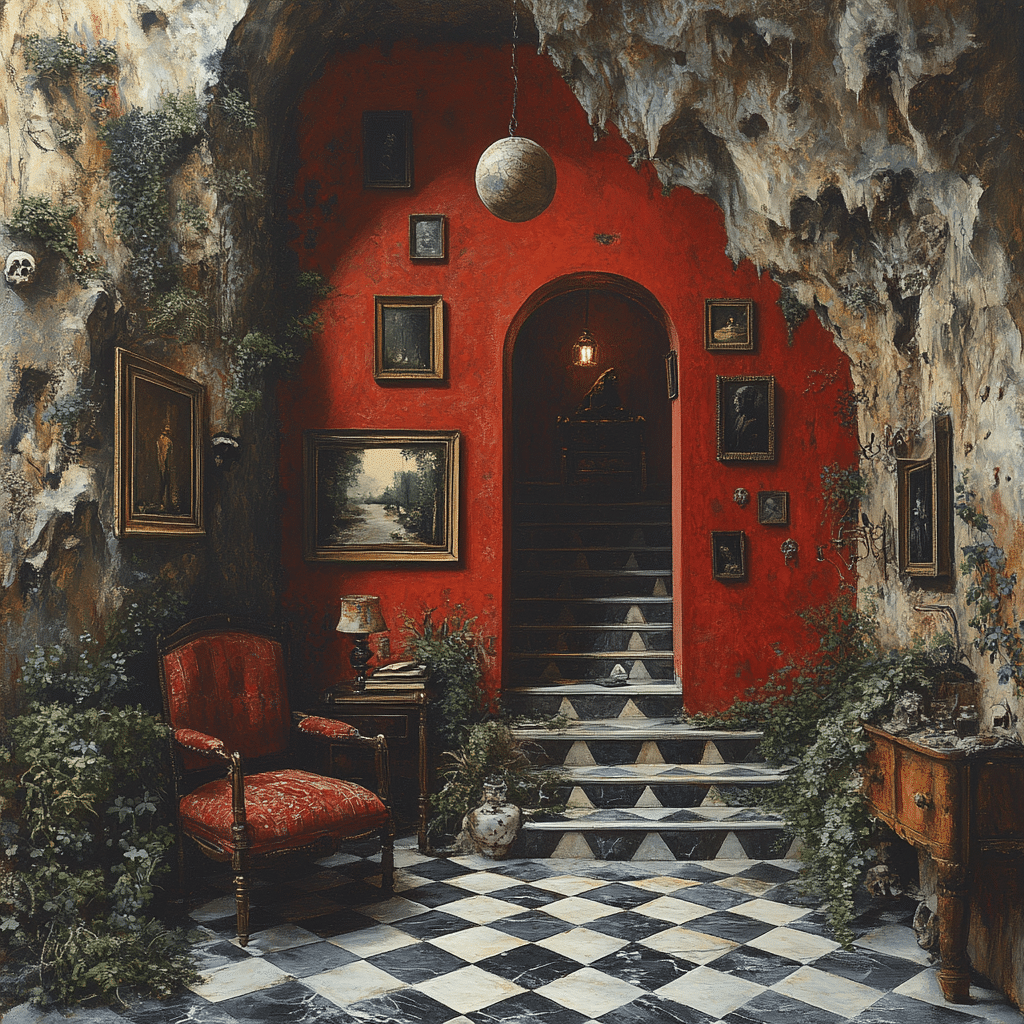
The Literary Craftsmanship of Isabel Allende in ‘House of the Spirits’
Isabel Allende’s use of magical realism is nothing short of enchanting, blending fantasy with the mundane in a way that elevates the novel’s narrative. This literary technique invites readers to view magic as a thread woven into the fabric of everyday life, encouraging us to seek wonder amidst adversity.
The mansion on the corner, with its haunting spirits and magical undertones, becomes a character in its own right. It reflects the enduring heritage and the hidden dimensions of family life that Allende expertly unveils. Her narratives break the bounds of conventional storytelling, placing her among luminaries of the genre and highlighting her distinctive voice in literature.
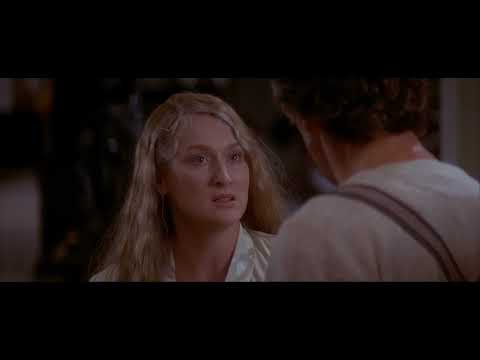
Influence and Legacy of ‘House of the Spirits’ in Modern Literature
House of the Spirits’ influence ripples beyond its pages, impacting authors and artists globally. Allende’s groundbreaking treatment of gender dynamics and social issues paved the way for female Latin American writers. Her exploration of women’s roles within a patriarchal society was groundbreaking, challenging societal norms and sparking dialogue on gender equality and empowerment.
The 1993 film adaptation, starring Meryl Streep and Jeremy Irons, extended the novel’s reach, introducing its intricate narrative to a wider audience. This visual interpretation of Allende’s work allowed new dimensions of the story to be explored, cementing its place in both literary and popular culture.
Analyzing Reader Reception: Why ‘House of the Spirits’ Remains a Timeless Classic
Despite the passing decades, the novel continues to enchant worldwide audiences, resonating with readers from different cultures. Reader responses reveal a universal connection to its themes of love, power, and social change, which captivate across generational divides. The rich character development and interwoven historical context ensure that “House of the Spirits” remains firmly in the literary canon.
By dissecting critiques and reader reactions, we see how the novel’s universal themes relate to current social issues. Its exploration of power struggles, gender dynamics, and family systems continues to strike chords with audiences, highlighting the timeless nature of Allende’s tale.
The Enduring Spirit of Isabel Allende’s Narrative Genius
“House of the Spirits” endures as a seminal work—its examination of power and love, underlined by vibrant historical settings, assures its timeless appeal. Allende’s genius lies in her power to draw readers into complex worlds, prompting reflection on how far humanity has journeyed and the paths that lie ahead.
By skillfully blending personal narratives with broader societal themes, Isabel Allende invites readers to not merely observe but engage in the dialogue her stories provoke. “House of the Spirits” challenges us to ponder the multifaceted nature of human existence, positioning it as a beacon of literary achievement and cultural significance.
Discovering the Enigmatic ‘House of the Spirits’
Delve into the mystical layers of House of the Spirits as we unearth some captivating trivia about this enthralling novel. Did you know that Margot Merrill, a well-known figure in the theater scene, once expressed interest in adapting the book for a stage play? Her inclination reflects the novel’s dramatic depth and multifaceted characters, which easily lend themselves to a live audience. The rich storytelling in the book captures the essence of political turmoil and personal struggles, leaving readers and critics alike enchanted.
Interestingly, the novel’s expansive narrative intertwines diverse cultural elements, just like the myriad styles that African American hairstyles showcase. The varied threads within House of the Spirits reflect the tapestry of life’s experiences, symbolizing how personal histories are often influenced by outside forces and societal changes. This complexity might be why readers feel such deep connections to its characters, who are portrayed with remarkable authenticity and depth.
Oh, and here’s a fun twist! Despite the apparent cultural backdrop, the story was frequently misrepresented by those unfamiliar with Latin American politics. This misunderstanding somewhat mirrors the confusion that erupted on Hunt Showdown’s Twitter when followers struggled with an unexpected update. Both scenarios underline how quickly interpretations can spiral in unexpected directions.
And now, shifting gears a bit, did you know the mystical vibes of House of the Spirits remind some of an ethereal journey much like the Walking Across America program? Both tales take us on profound odysseys, filled with introspection and revelation. The novel’s exploration of time, memory, and familial ties offers a universal story that resonates regardless of where one’s roots may be. In essence, House of the Spirits serves as a narrative crossroads, pulling readers into a dance between the mystical and the mundane.
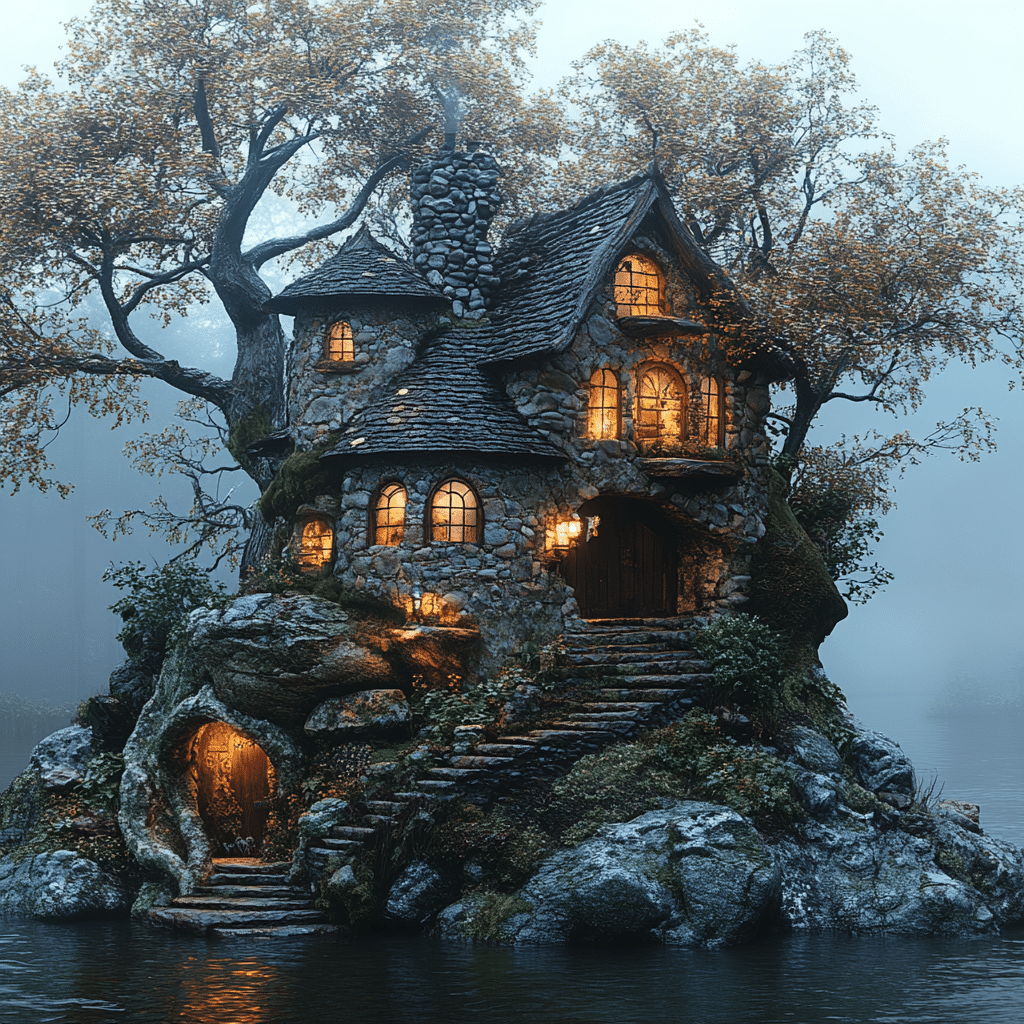
What is the story “The House of Spirits” about?
“The House of the Spirits” is about the tumultuous lives of the Trueba family across several generations in Chile, blending elements of magical realism with themes of power, love, and historical events affecting individual lives. The story is rich with supernatural occurrences and deeply intertwined with the personal and political landscapes of the time.
Is The House of Spirits based on a true story?
While “The House of the Spirits” isn’t a true story, it has roots in real-life events and people close to the author, Isabel Allende. Inspired by the impending death of her grandfather, Allende started the book as a letter to him, and the novel draws from elements of her family history as well as the broader Chilean experience.
What is the message of the House of Spirits?
The book’s message explores the power of love, memory, and legacy amidst political and social upheaval. It delves into how personal lives are affected by larger historical events, examining class struggles, gender roles, and the enduring impact of the past on the present.
What is the main idea of The House of the Spirits?
The main idea revolves around the intricate ties of a family living through a century in Chile, offering insight into the social and political complexities of the time. It showcases how history, both personal and national, shapes and reshapes identities over generations.
Why was Clara silent in the House of Spirits?
Clara chooses to remain silent for nine years following the traumatic death of her sister Rosa. This self-imposed silence represents her profound grief and disconnect from the world after witnessing such a personal tragedy and is a significant testament to her coping mechanism.
Is Rosa a mermaid in House of Spirits?
Rosa is described with otherworldly beauty, enchanting yellow eyes, and captivating green hair, making her appear almost like a mythical creature. While the term “mermaid” is never used, Rosa’s ethereal presence certainly suggests she is not entirely of this world.
What happened to Alba in The House of the Spirits?
Alba, the granddaughter of Clara, is subjected to political oppression and violence. She becomes a victim of arrest and torture during the chaotic political upheaval in the country, reflecting the brutal realities faced by many during that era.
Why did Clara marry Esteban?
Clara marries Esteban partly due to family obligations and their social status at the time. Their relationship is complex, driven by Esteban’s ambition and Clara’s mystical detachment, which adds layers of tension and conflict throughout the story.
What is the conflict in The House of the Spirits?
The central conflict involves the clash between personal lives and the upheaval of historical and political events. The Trueba family navigates internal family dynamics and external societal pressures, showing the intersection of the personal with the political.
Why is the House of Spirits controversial?
The novel is controversial due to its candid portrayal of political events, societal inequalities, and its critique of patriarchal structures. By addressing heavy themes of political extremism and social injustice, it stirred conversations on deeply entrenched societal issues.
Why is the House of Spirits famous?
The House of Spirits gained fame thanks to its captivating narrative style, blending magical realism with rich historical context. It stands out for its profound exploration of family, power, and history through Allende’s unique storytelling approach.
Who is the villain in The House of the Spirits?
While Esteban Trueba could be seen as the villain due to his oppressive and often tyrannical actions, the book suggests that societal structures and historical events play a larger villainous role, impacting all characters deeply.
What is the conclusion of the House of Spirits?
Concluding in a mix of tragedy and hope, the story sees the Trueba family confronting their past while looking forward to the future. Alba’s experiences turn her towards forgiveness and the possibility of healing, hinting at the resilience of the human spirit.
What happened to Rosa in The House of the Spirits?
Rosa dies tragically from poison meant for her father. Her death is a catalyst for much of Clara’s story and ignites the ensuing generational saga within the Trueba family, amplifying the mystical and tragic tones of the novel.
How much of The House of the Spirits is true?
The novel contains autobiographical elements and reflects historical events in Chile, but it’s ultimately a work of fiction. Allende’s personal experiences and the socio-political backdrop of Chile inspire the narrative, crafting a fictional yet historically resonant tale.

